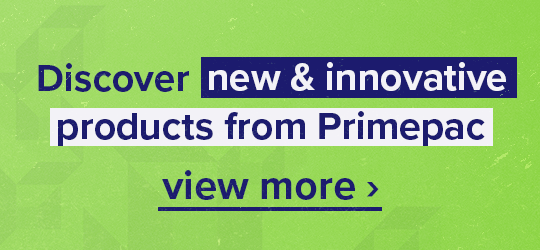Pallet wrap, which is also called stretch wrap, stretch film and less commonly as shrink wrap, is plastic packaging used to protect palletised items being transported and stored. Millions of miles of pallet wrap is used every year across the globe, but what is it and why is it so important?
As one of New Zealand's leading suppliers of pallet wrap, we thought we'd outline a few of the most important facts about it.
See out how much you could save on pallet wrap with our pallet wrap calculator. To calculate the cost of wrap per pallet, simply enter the roll and load specifications into the calculator now.
1. Pallet wrap is measured in microns
Pallet wrap is measured not only in metres, but also in microns. The micron measurement outlines the thickness (a micron is a thousandth of a millimetre, also written as mu) of the wrap.
The range in thickness goes from 12 - 30mu and the thickness is crucial depending on your application. For example you'll want to use thicker film for heavy or irregular loads, or loads that might be more prone to puncture and scratching during transport.
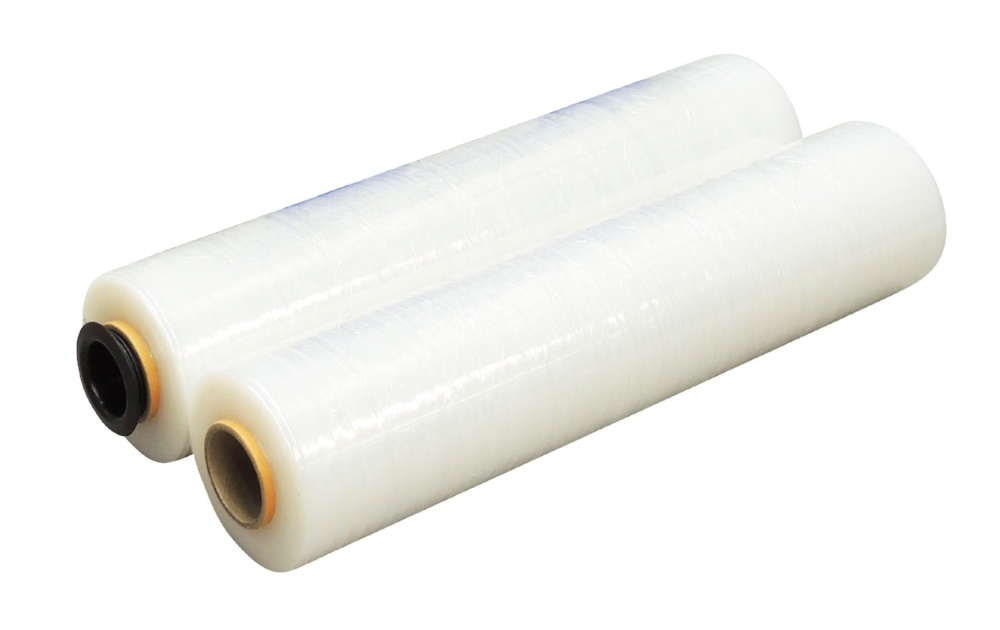
2. Cast and blown pallet wrap
Pallet wrap is made in two different ways. It's either cast, or it's blown and both bring different benefits to the table.
Blown film is created by first making a thick layer of resin and then blowing air within to create a bubble. The size of the bubble and the original film will dictate the thickness (in microns) of the film. The bubble enables the material to cool steadily and is then collected by rollers. The bubble is collapsed and the film wound into a roll.
Cast film has its resin pressed through chilled rollers to be flattened. This process can be controlled to vary the thickness of the film. Most stretch film is created using this method.
3. Hand wrap vs machine wrap
When you're considering whether to buy machine wrap or hand wrap pallet wrap, you're not looking at any technical difference between the two. Instead you're buying different roll weights, one of which is easy to handle for wrapping pallets by hand and the other needs to be used with a pallet wrapping machine.
Handy hint: If you're applying your pallet wrap by hand you might want to use end caps, handles or a dispenser to reduce the strain on your hands from manual application.
4. Pallet wrap load containment force
Rather than explain load containment force and how it impacts your pallet wrapping, we've created a special blog that goes into great detail.
As the wrong amount of wrap can result in lost stock, damage and unsafe loads we felt it best to explain fully why the correct load containment for your pallet wrap is essential. Click here to read more on pallet wrap containment force.
5. Using the right amount of pallet wrap
Some businesses use miles of pallet wrap a year, and inefficient use can cost a business thousands of dollars a year.
Incorrect tension, over wrapping and even under wrapping can lead to waste or damage that could be easily prevented. Luckily it's really easy, and free, to find out if you could be optimising your pallet wrap needs and saving your business money.
Simply book yourself a pallet wrap assessment here, and a Primepac specialist will check your current pallet wrap operations and recommend improvements and changes to optimise your operations. And no, you don't have to be an existing Primepac customer to benefit from a free assessment.
Click here to see how much you could save by switching to Ultiwrap.
6. Using the right colour pallet wrap
Colour-coded pallet wrap make it a lot easier to identify pallets in the warehouse and can reduce confusion and errors. For extra security, opt for black pallet wrap to keep valuable items hidden from view.

7. Keep your pallets dry
Pallet tops are ideal for protecting your pallets. Not only are they great for adding an additional level of protection, if pallets are left outside they can also add another level of security. This is especially so if you select black pallet tops.
8. Pallet labelling
Letting your warehouse team, freight companies, and the recipient know about fragile, or handling information is easier with the appropriate labels and document storage.
Doculopes are ideal for storing shipping, transit and customs information. Keep invoice or shipping documentation dry with XL doculopes on your pallets.
Rippa labels are ideal for letting everyone handling the pallets know important warnings as quickly as possible.
9. Corner protection
It's easy for the corners of pallets to bear the brunt of transport. Even though the right thickness of pallet wrap will help minimise scratches and punctures, a better solution could be pallet corner boards.
Corner boards have the added advantage of reinforcing the loads if you're stacking pallets 2 or 3 high, as they increase pallet stability and protect the corners from damage.
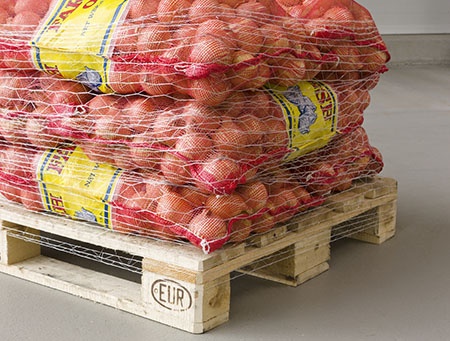
10. When to use net pallet wrap
Net wrap is a most suitable form of pallet wrap when wrapping produce or other products that need to breathe. EasyNet high strength knitted net wrap is ideal for maximum containment of unsteady loads. It lets your produce breathe but is also strong, meaning produce isn't damaged in transit and can be loaded and unloaded easily.
Net pallet wrap reduces the amount of packaging weight in comparison to wooden boxes or crates, which can lead to reduced transport and freight costs.



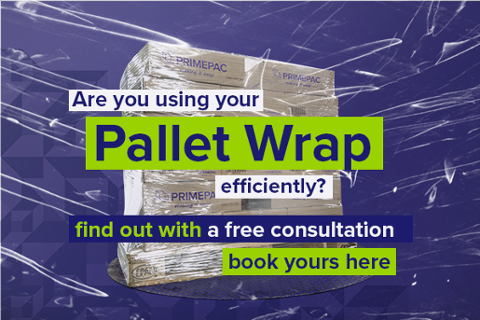

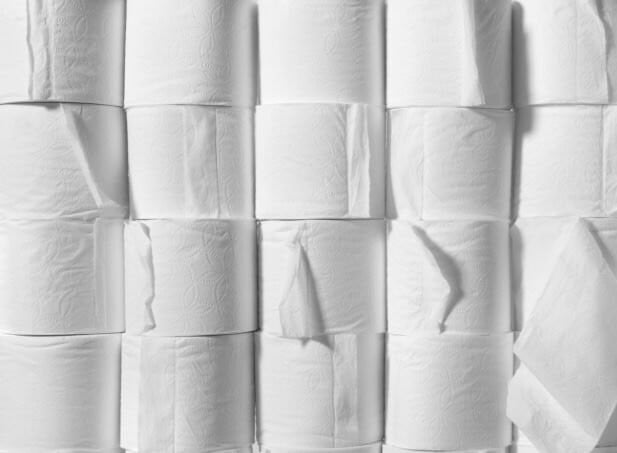
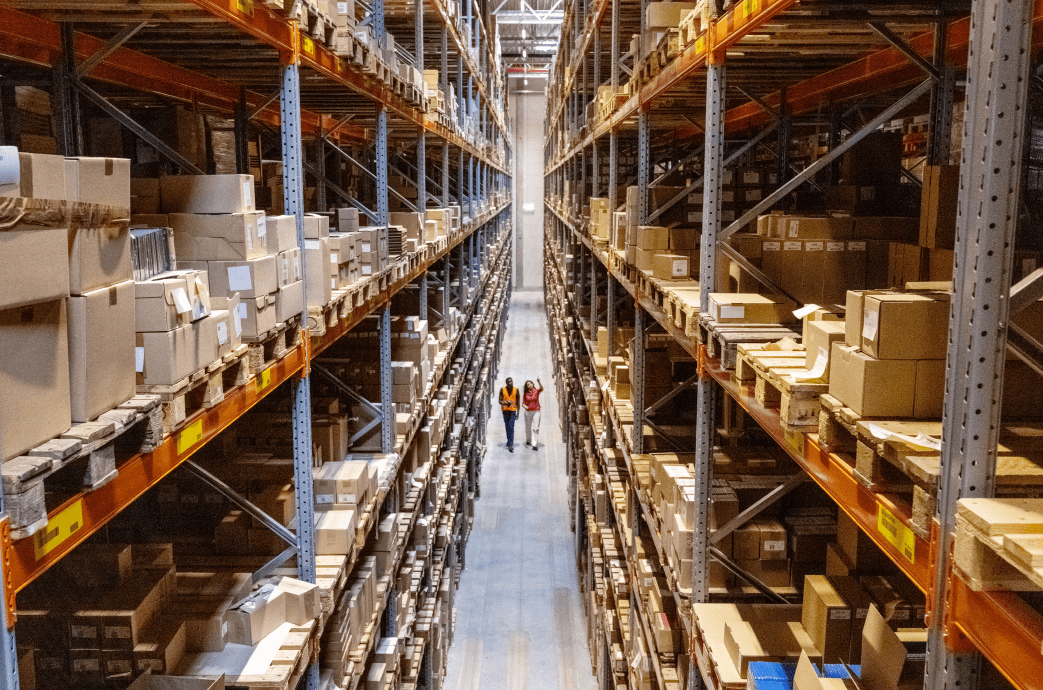
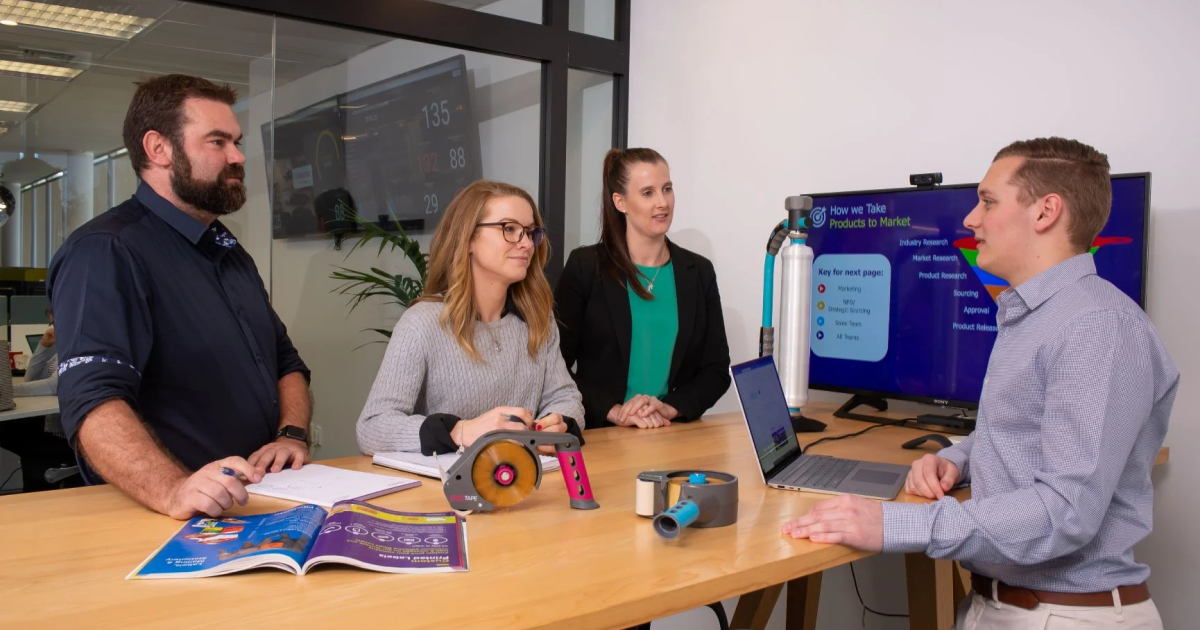
.png)
